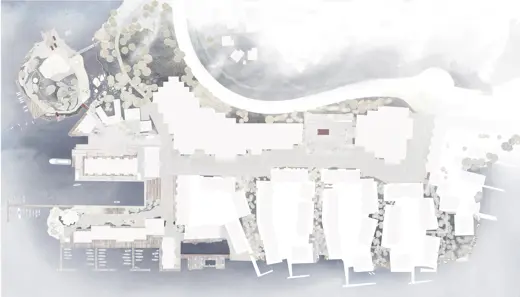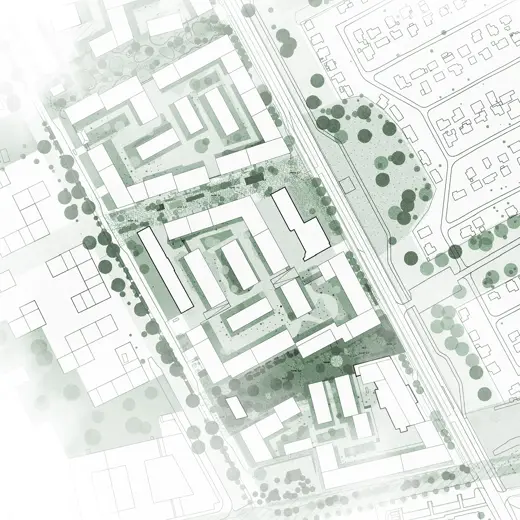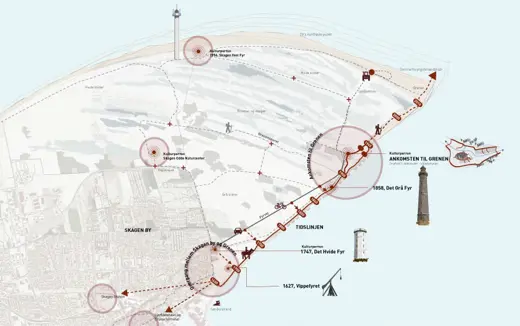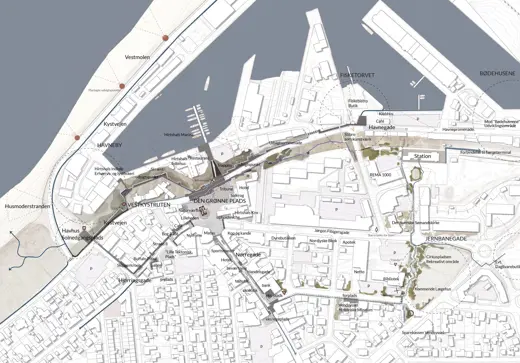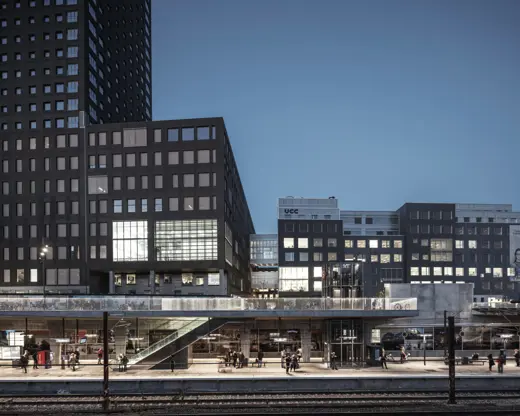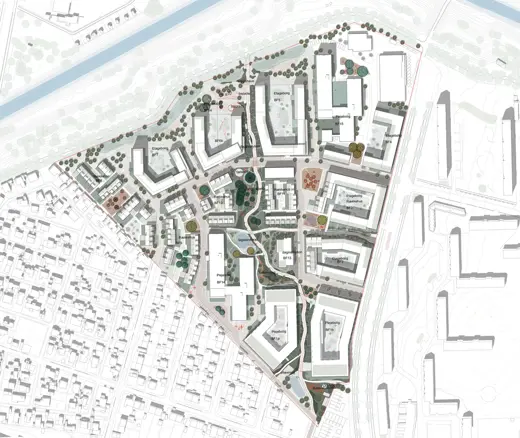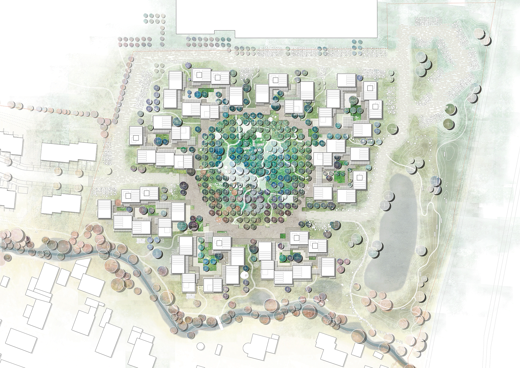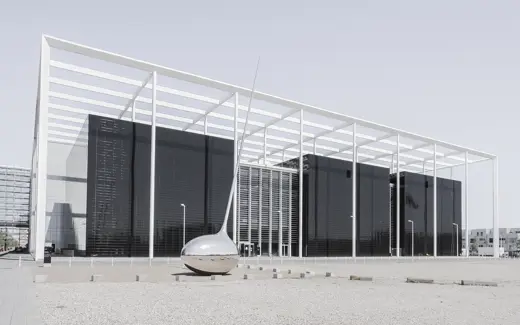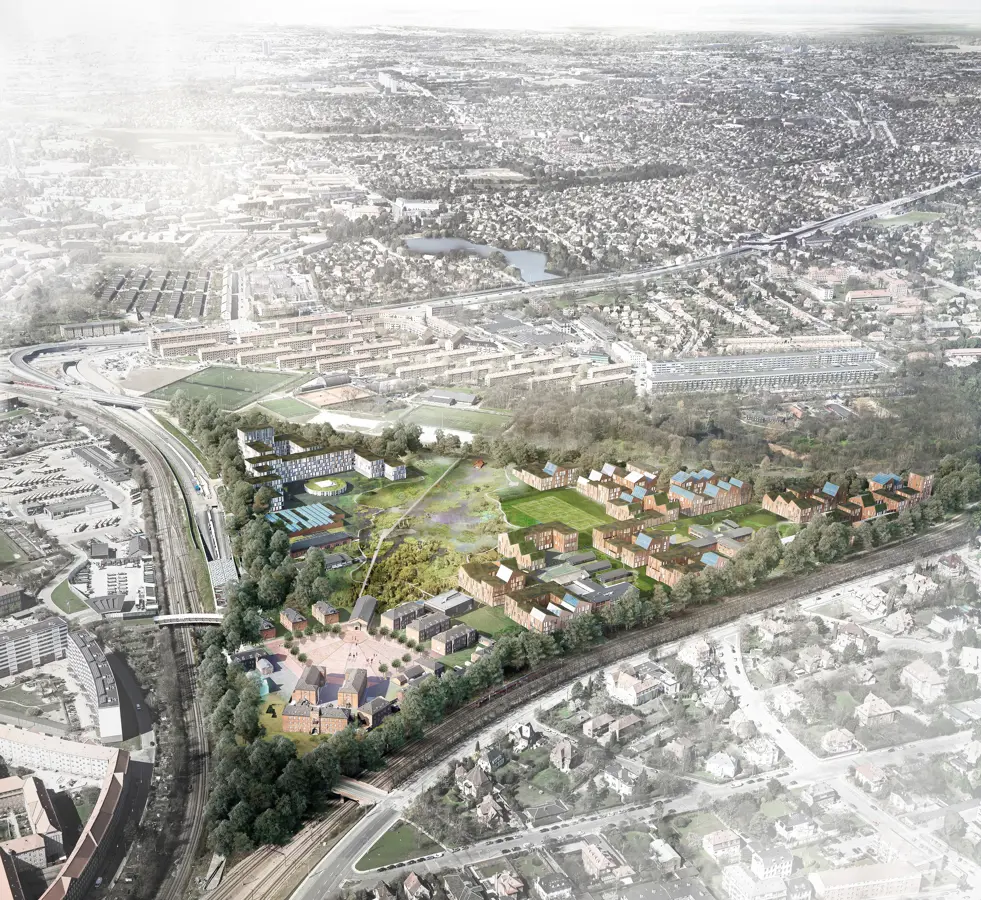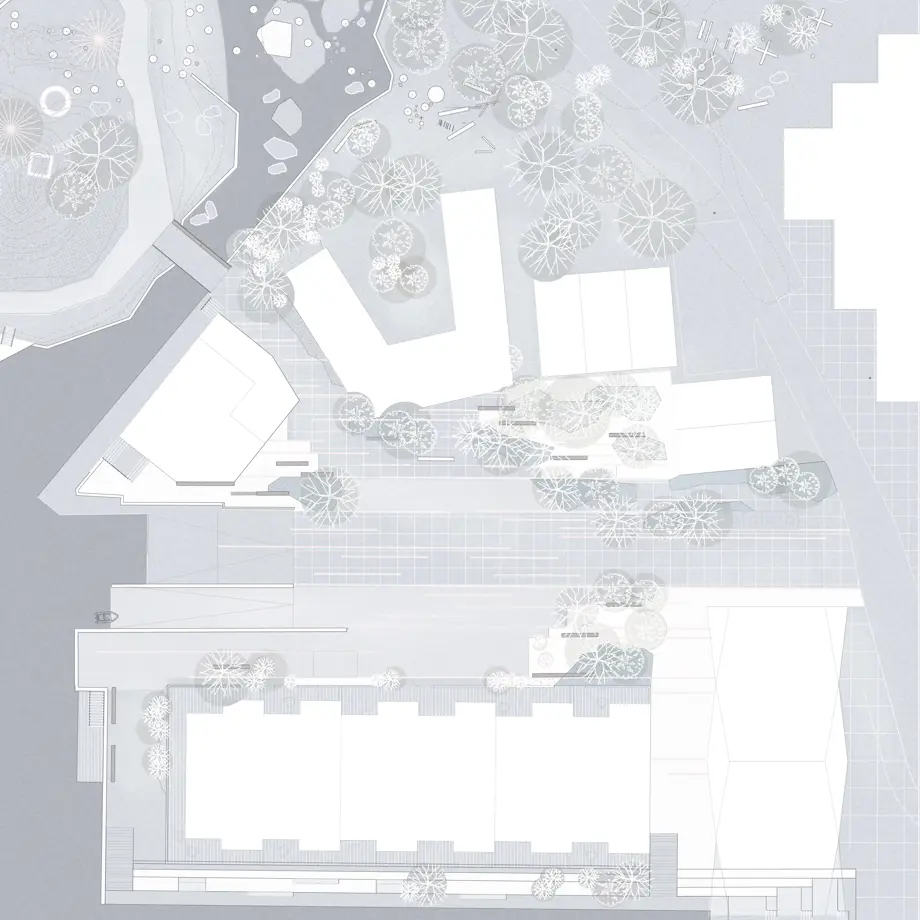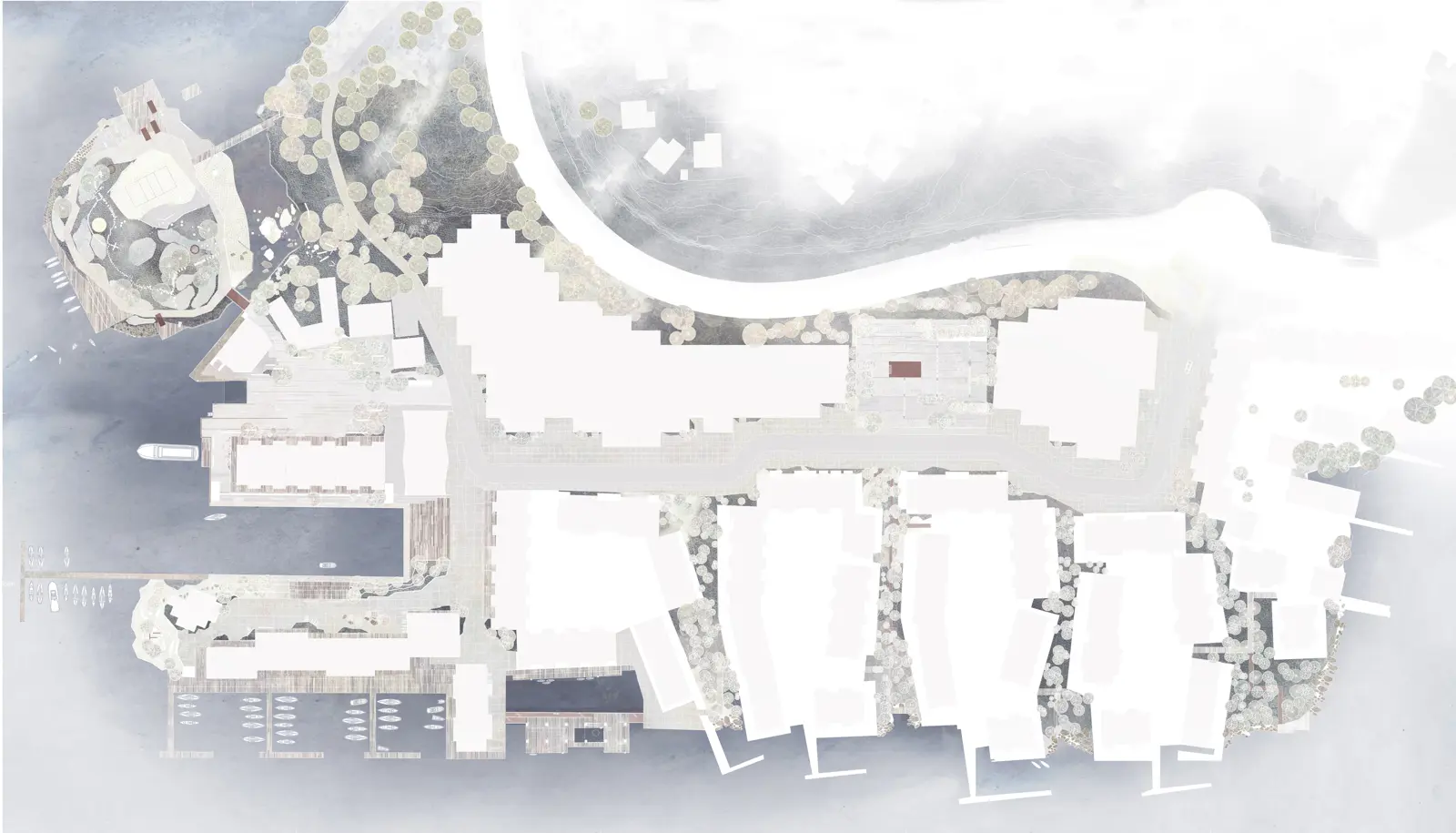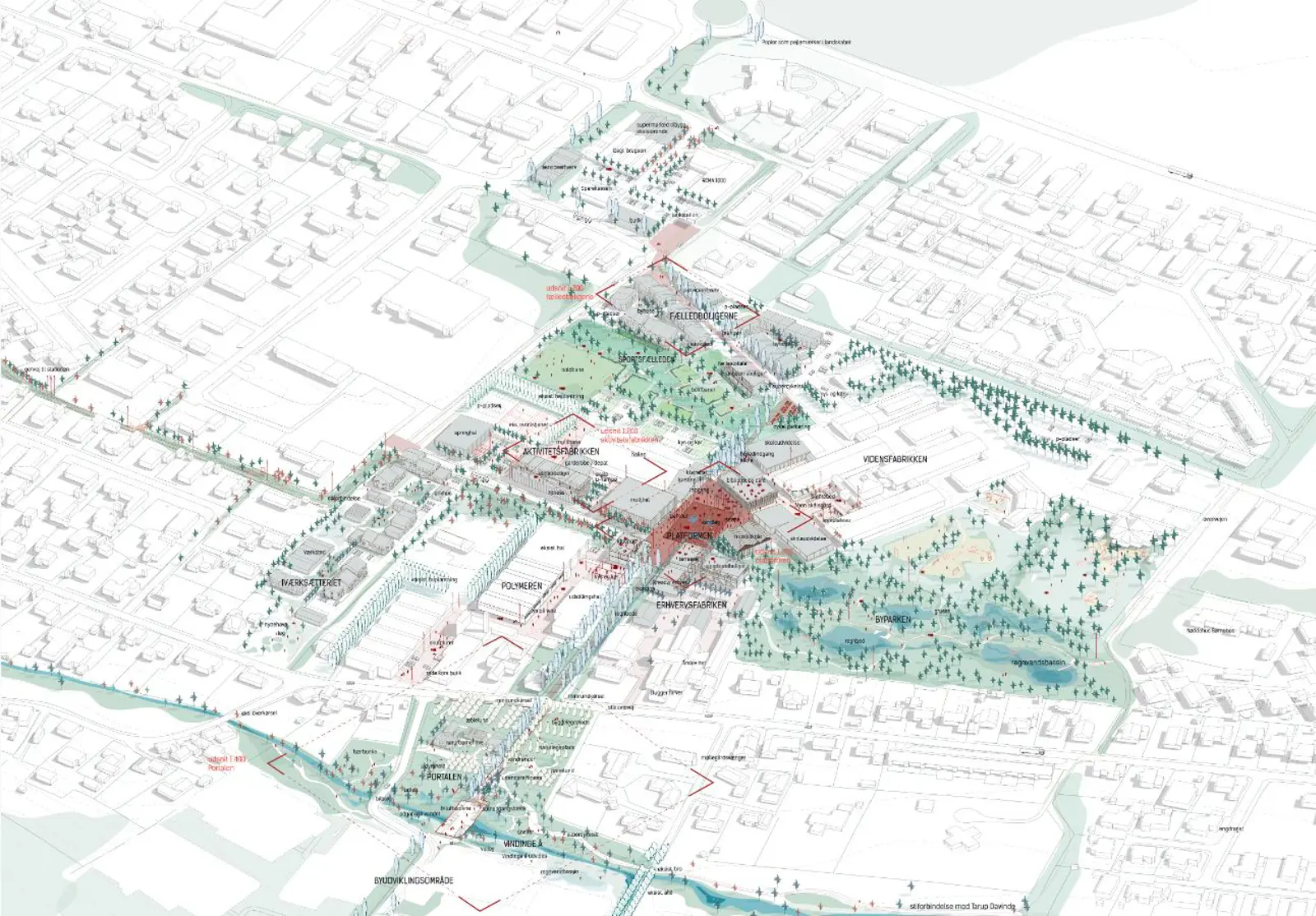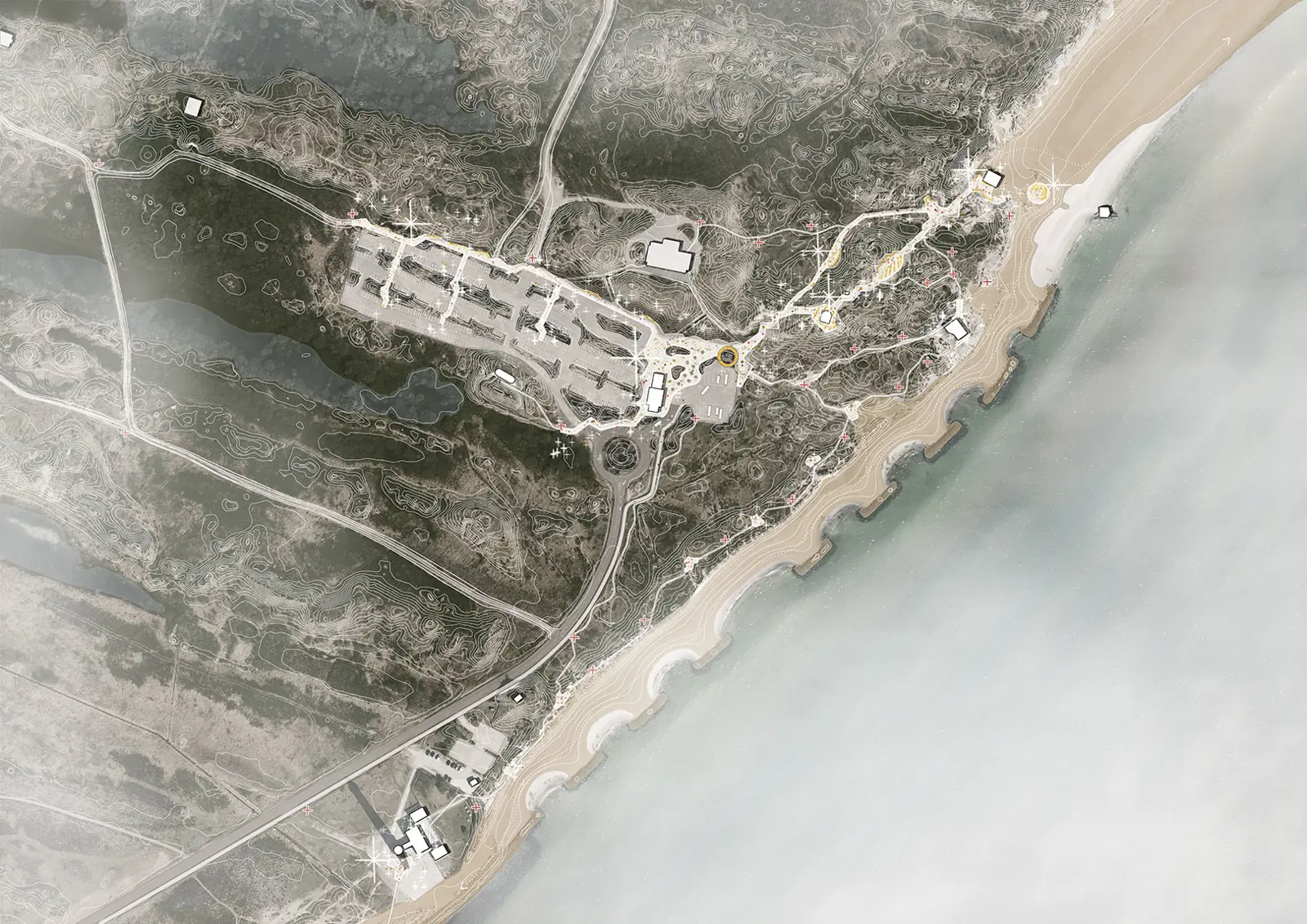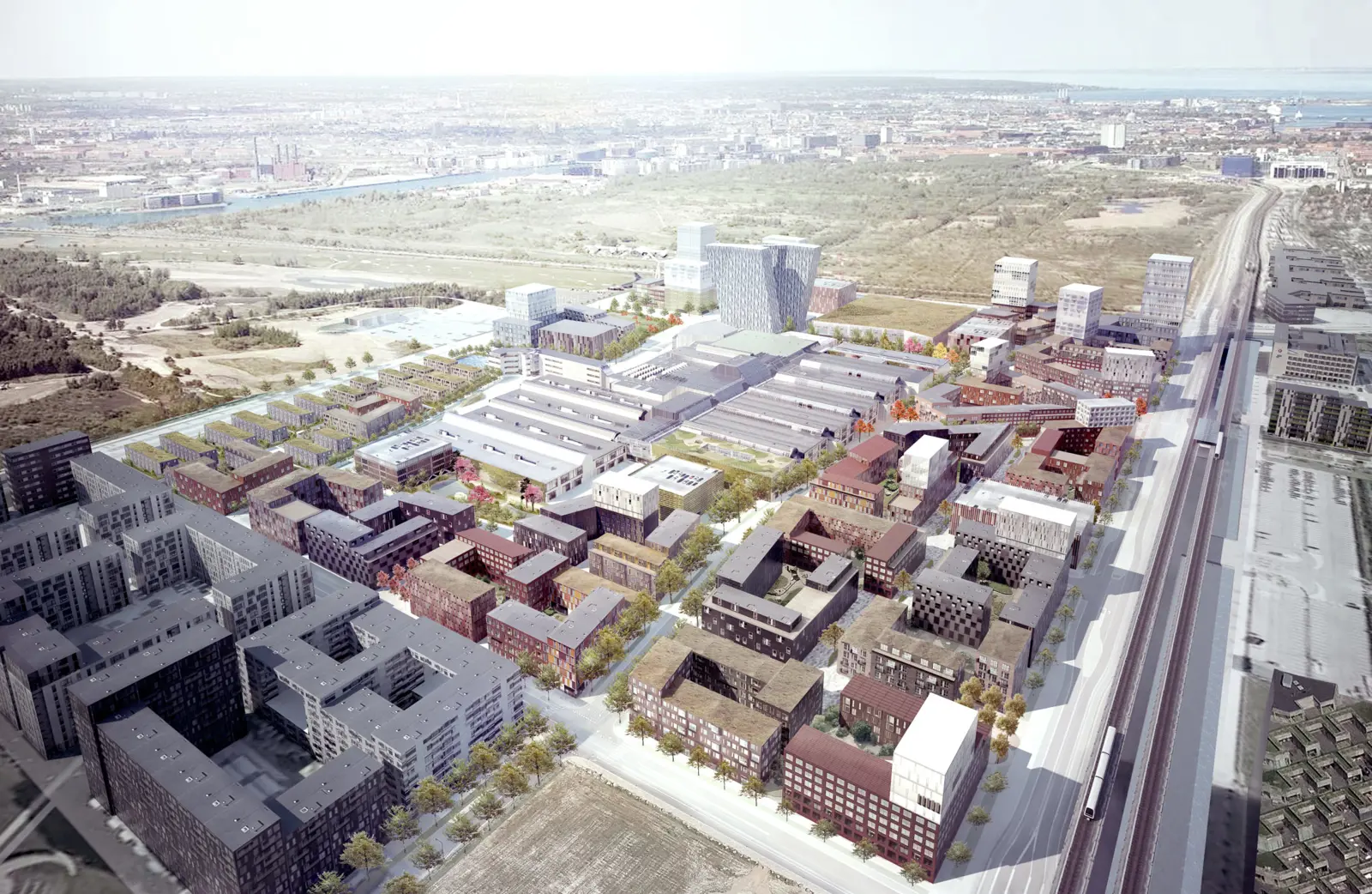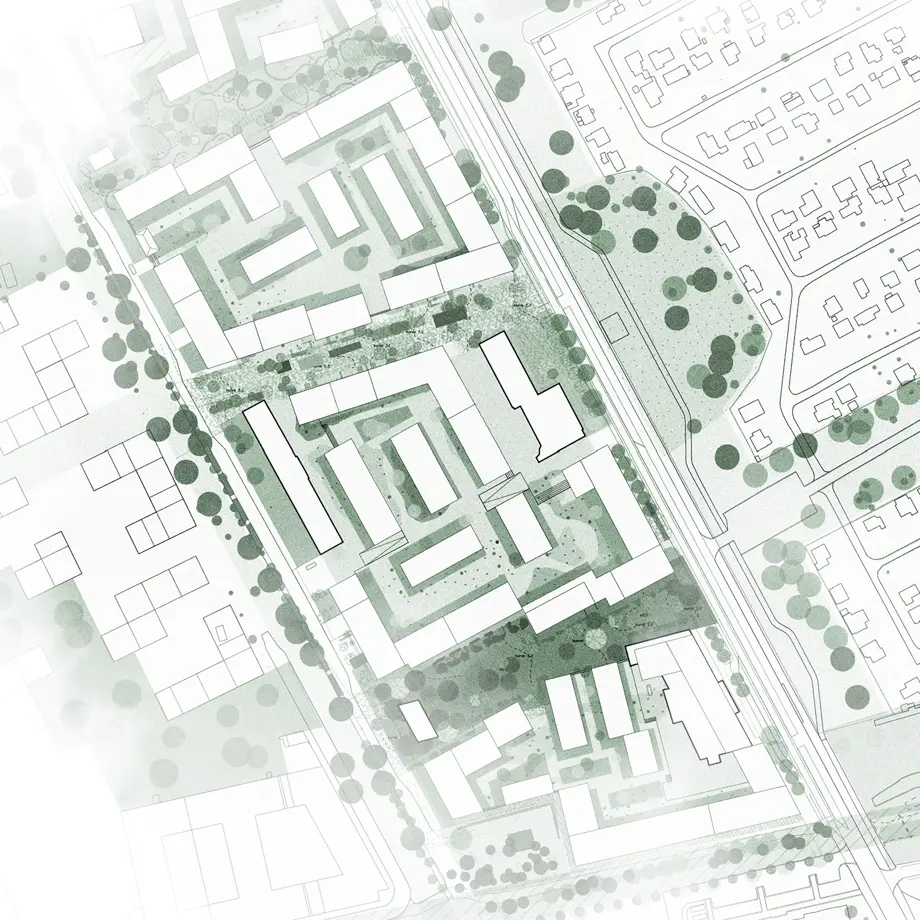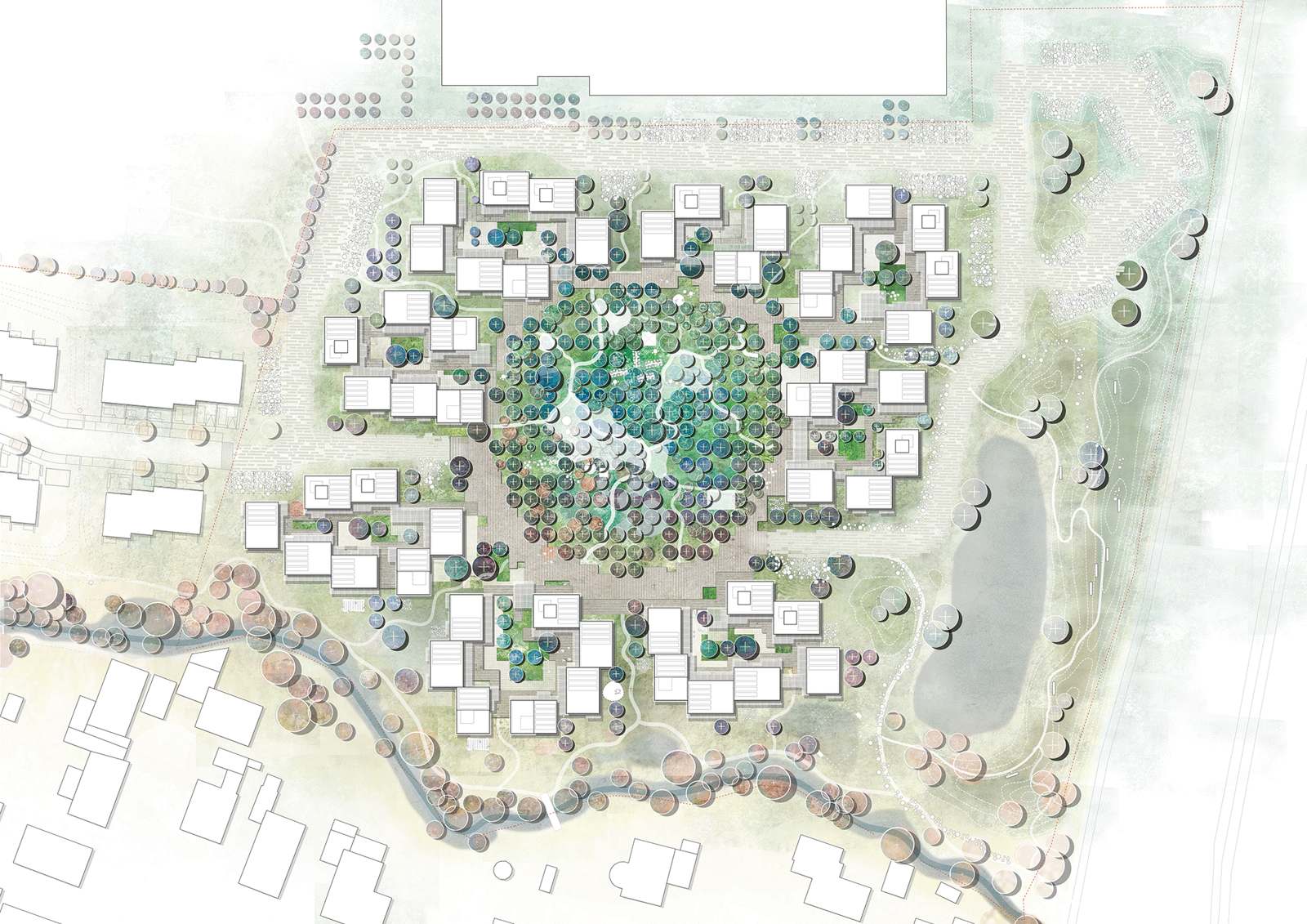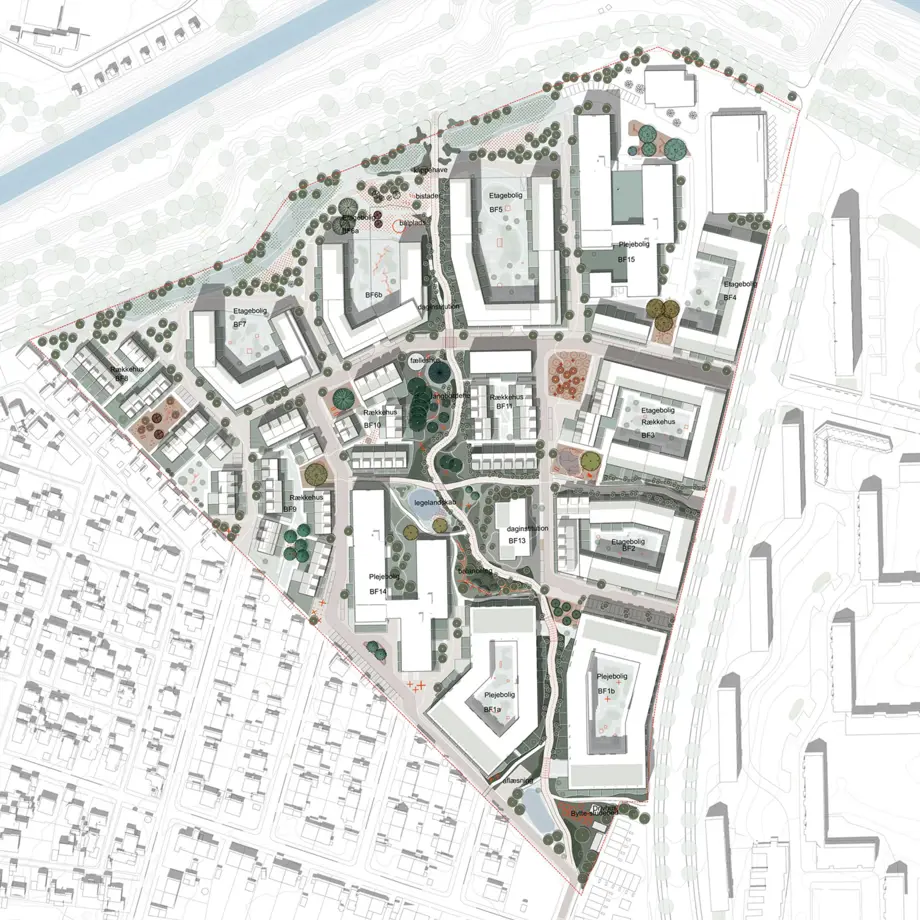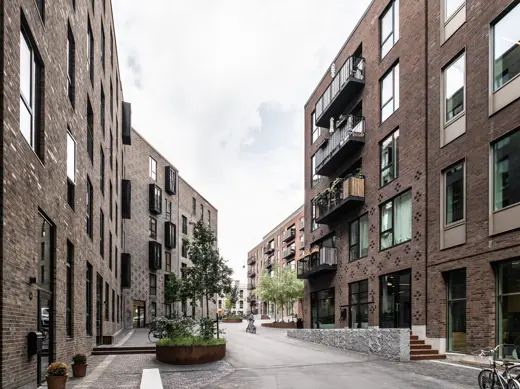
Urban planning & Strategy
Urban Planning
We transform and revitalize landscapes and cities
Urban Planning and strategy
We conduct urban planning and Master Plan Frameworks for both cities, rural and residential areas and municipalities in DK and abroad. Our approach ensures that any intervention in a city or landscape is conducted with the highest respect for the social, cultural, urban or natural landscape heritage and characteristics. We also create strategic development plans for municipalities and public-private partnerships in order to create sustainable growth, settlement, tourism, destination development and vibrant cities that support communities.
We work from a conviction that cities are never finished, but always in a successive development phase.

Urban planning & Strategy
Cultural heritage and the potential of the "ugly"
Right now, bulldozers are rolling into a brown field somewhere in the country to clear out empty industrial buildings and make space for new construction such as homes, office buildings, and storage hotels. And so what, one might ask oneself. Abandoned industry is indeed unsightly! Buildings made of poor materials, wind-blown corridors with weeds sprouting from cracked asphalt on contaminated grounds.
Today, vacant industrial areas can be found in the outskirts of many cities, not only in Denmark but also in Western Europe and North America. Factory halls and office buildings emptied of functions that have long since moved to low-wage countries in Asia, Eastern Europe, or simply shut down. So why not just tear them down, sell off the land, and allow investors to come in with new construction that can attract resourceful users and residents – a win-win for the municipal treasury and the outward profile of the area?
Because it is an unsustainable and not particularly visionary approach to urban development – or cultural heritage for that matter.
The current practice of clearing and replacing abandoned industrial areas with new construction is an unsustainable approach to urban development and cultural heritage.
The brown fields can be transformed and repurposed with great environmental, cultural and social benefits. At the same time, we can avoid erasing important chapters of our shared urban and industrial history.

